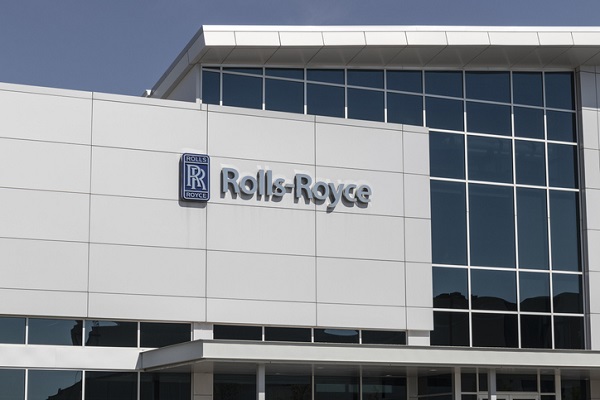ii view: Rolls-Royce now an energy transition play?
24th May 2022 15:12
by Keith Bowman from interactive investor
Owners of shares in this FTSE 100 company continue to suffer a turbulent time. We assess prospects.

Trading update for the first four months of 2022
Chief executive Warren East said:
"In 2021, we delivered improved financial performance and continued to deliver on our commitments. As a result of the actions we have taken, we have made significant progress on the path to recovery from the impact of Covid-19 and are emerging as a better balanced and more resilient business with a sustainable future, focused on the long-term business opportunities presented by the global energy transition.”
ii round-up:
Rolls-Royce (LSE:RR.) operates across the four divisions of civil aerospace, power systems, defence, and new markets.
It has customers in over 150 countries, comprising more than 400 airlines and leasing customers, 160 armed forces and navies, and over 5,000 power and nuclear customers.
For a round-up of this latest trading update, please click here.
ii view:
Civil Aerospace generated Rolls-Royce’s biggest slug of sales at around two-fifths over its last full financial year. Rolls is paid by its commercial airline customers depending on how many hours its engines fly. Next came Defence with sales at just under a third. The balance was largely generated by its Power Systems or engine and propulsion systems division.
Its New Markets division, aimed at energy transition under climate change, has only recently been established. It is looking to offer a new low-cost nuclear reactor design, around one-tenth of the size of a conventional nuclear generation site, providing low-carbon energy. Its Power Systems business is working on developing hydrogen powered engines.
For investors, ongoing pandemic uncertainty in China is now mixed with global economic uncertainty and raised geopolitical tensions given the war in Ukraine. Supply chain challenges cannot be forgotten, while rising costs are a difficulty for industry generally. The dividend also remains halted, while finding a replacement chief executive now occupies management time.
- Recessions are becoming more likely – here’s how to invest
- Investment trusts to play the energy transition
- Warren Buffett: stocks I’m buying and AGM comments
More favourably, long-term sourcing agreements and hedging policies designed to limit volatility in raw material costs are in place. Some recovery for its commercial airline customers is being seen following the pandemic, while a significant strengthening of its finances to reduce debt is almost complete. On balance, and while scope for caution persists and investors should accept volatility, the company's diversity, a reset cost structure and a focus on product innovation offer grounds for optimism further out.
Positives:
- Strengthening its finances
- Investing in climate change related product innovation
Negatives:
- A cocktail of pandemic, geopolitical and economic outlook uncertainty
- Dividend payment suspended
The average rating of stock market analysts:
Hold
These articles are provided for information purposes only. Occasionally, an opinion about whether to buy or sell a specific investment may be provided by third parties. The content is not intended to be a personal recommendation to buy or sell any financial instrument or product, or to adopt any investment strategy as it is not provided based on an assessment of your investing knowledge and experience, your financial situation or your investment objectives. The value of your investments, and the income derived from them, may go down as well as up. You may not get back all the money that you invest. The investments referred to in this article may not be suitable for all investors, and if in doubt, an investor should seek advice from a qualified investment adviser.
Full performance can be found on the company or index summary page on the interactive investor website. Simply click on the company's or index name highlighted in the article.